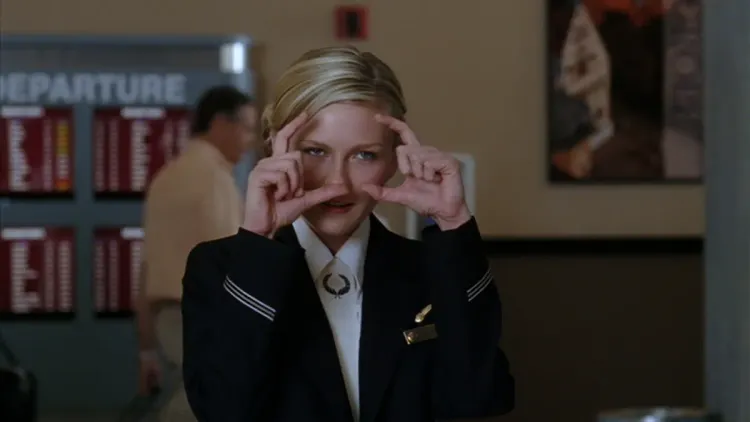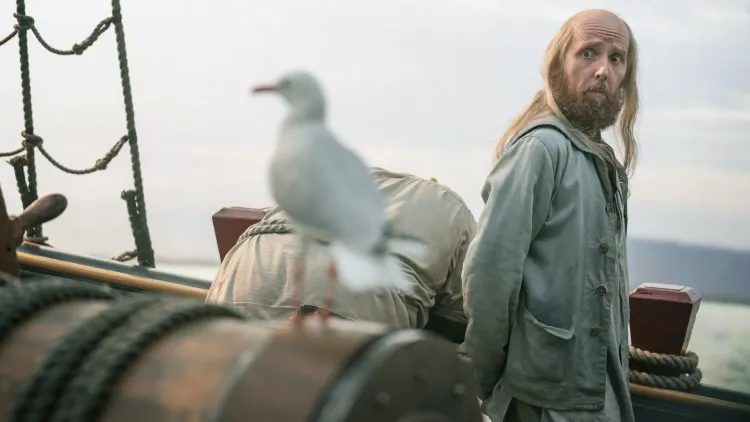Episodes: The first TV show with a gay lead character never came out and said he was gay


What's the first TV show with a gay lead character?
Lots of people will say Ellen, because in the hue and cry around that show featuring its protagonist's coming out, most media outlets reported that Ellen would be the first gay protagonist of a network TV show. But this wasn't strictly accurate. She was the first lesbian protagonist, to be sure, but across the broad spectrum of TV's queer representation, there was actually another show that featured a gay man as its lead in the early 1980s.
Sort of.
This is the curious case of Love, Sidney, a show where the producers clearly intended the protagonist to be gay, and the TV movie that served as inspiration for the show essentially confirmed (if subtly) that he was gay, but the series could never actually just say he was gay and, indeed, sent him on dates with women from time to time, which it then used to suggest, subtly, that he was gay.
But it never had Sidney (played by Tony Randall) explicitly state that he was a gay man, within the canon of the series. So is he any more gay than the many, many other "assumed to be gay" characters from the first three decades of TV's life, who, nonetheless, were usually forced into relationships with people of the opposite sex?
I haven't seen a ton of Love, Sidney because, well, it's a pretty good era for seeing two season sitcoms from the early 1980s, but it's still hard to track them down. Indeed, it's much easier to watch the two-hour pilot movie that gave rise to the show (which you can do here). What I have seen is a solid enough sitcom for the era (which is one of the worst in TV comedy history), anchored by strong work from Randall and Swoosie Kurtz (who was Emmy nominated for both seasons of the show).
But you also have to sort of know you're watching the first sitcom with a gay lead to say, "Hey, this is of historical significance." And there's nothing wrong with that. Love, Sidney wasn't a ground-breaker because it was open about its protagonist's sexuality. No, it was a ground-breaker because it assumed that most adults would figure it out, so long as the hints were sufficiently strong. (One episode -- which I haven't seen -- ended with Sidney musing about a lost love to a woman he was on a date with, then panned over to a photo of a man. You'd have to be pretty blinkered not to get it.)
And yet in the era, people mostly talked around the show's central topic. I'm sure more than enough people understood what Love, Sidney was about (especially if they'd seen that TV movie), but it was otherwise pretty easy to avoid mentions of homosexuality altogether. Here, for instance, is the New York Times' review of the pilot, which describes Sidney in coded adjectives (like "fastidious") but doesn't really come out and say what it's dancing around.
And this is a thing I've found happens a lot with issues of sexuality and gender. Once you know what to look for, it's easy to spot the barely veiled subtext all around you. But when you don't really conceptualize of those things as things, well, it's easy to just completely miss the boat, no matter how explicit the text is. Which is where Love, Sidney sort of found itself.
Of course, there was some controversy when the show debuted, which likely led to its choice to make Sidney's sexuality a very subtle part of the show. (That said, it's hard to track down references to what that controversy was.) But the longer the show ran -- and the fewer viewers who watched it -- the more emboldened the show became to be more open about who Sidney actually was.
All of which leads to 2016, where Love, Sidney is a pioneering show, but one that most people haven't seen and the kind of pioneer it's a little harder to celebrate than, say, Ellen saying into a live microphone, "I'm gay," while Laura Dern turns back to smile at her. One is a moment of being out and proud; the other is told in a code that defined American social mores for decades.
And yet there's something radical about Love, Sidney all the same, beyond its mere existence. No, this is a show about a gay man who is helping a friend raise her child. They all live together. Both Sidney and his friend adore that little moppet. And she can turn to either of them for advice.
If you remember whatever brief history of the LGBT civil rights movement you have, you'll know that one of the most common fear-mongering tactics when it came to LGBT citizens was that they would corrupt your children with their awful ways. Never mind that this was a ridiculous idea. The fact that most LGBT Americans led closeted lives, or were sequestered in a handful of neighborhoods in urban areas, made it easier for these falsehoods to spread.
But Love, Sidney suggests that, at the very least, a gay man can be an active presence in a young girl's life, and, indeed, a force for good, someone who can give advice and help a kid through tough times. Giving children shoulders to cry on, somewhere to turn, is one of the most human things we can do, and Love, Sidney's most gently radical idea was suggesting that, yes, LGBT folks could be right there, in the human project that is making sure the next generation knows right from wrong.
Love, Sidney's place in history feels, from 2016, a little like a curio. But that doesn't change the way it quietly pushed back against damaging lies, told from on high. It didn't have a microphone, but it had a quiet conversation and agreeable laughter. Sometimes, that's enough.
--
Episodes is published at least three times per week, and more if I feel like it. It is mostly about television, except when it's not. Suggest topics for future installments via email or on Twitter. Read more of my work at Vox Dot Com.





Member discussion